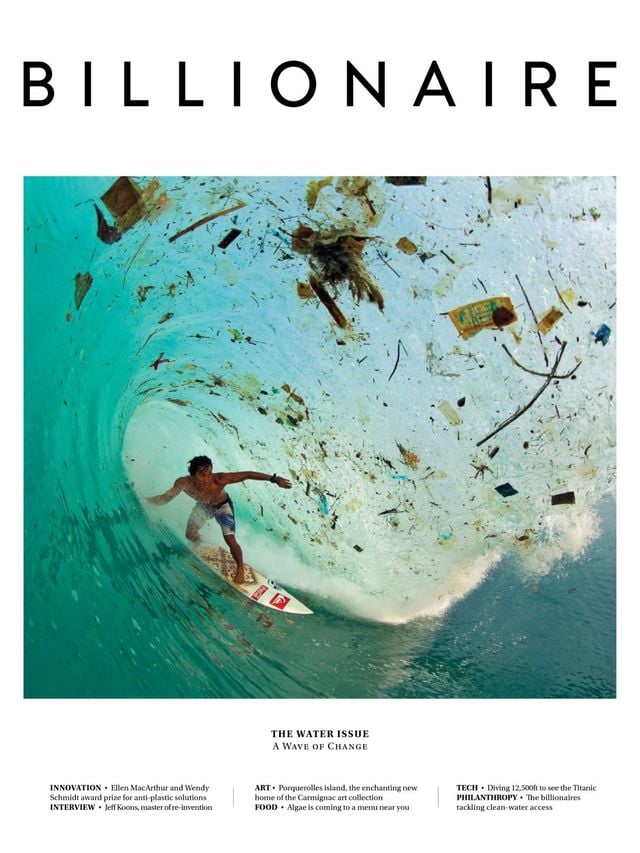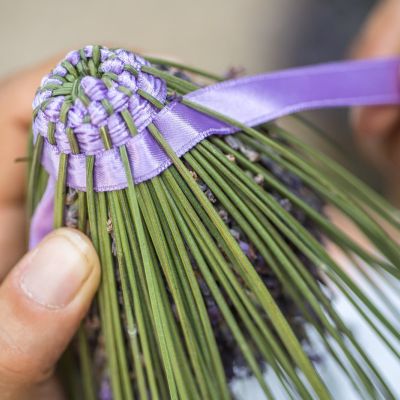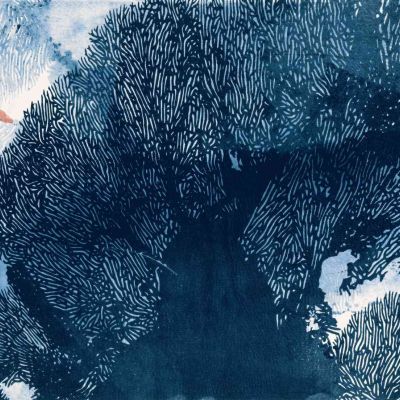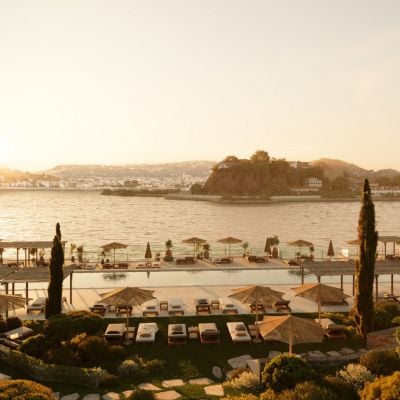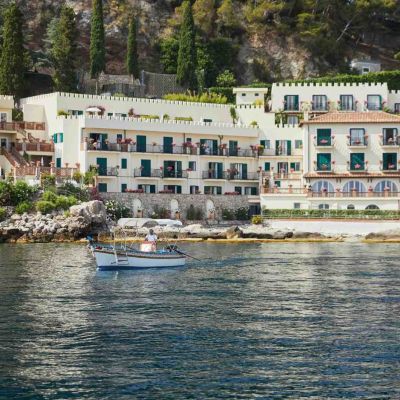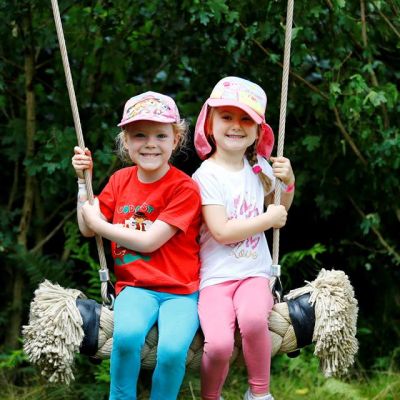How Cattle Farming Should Be
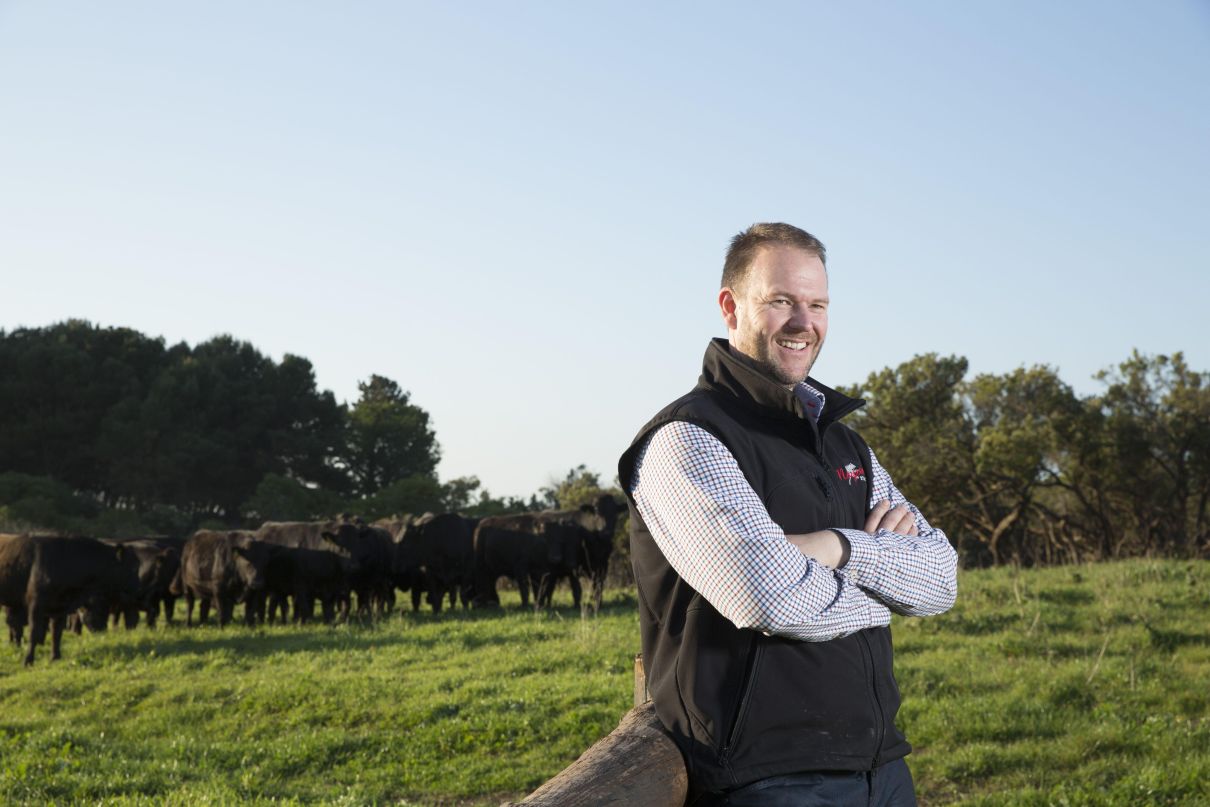
Dairy Milk chocolate, cookies and respect for animals are helping to nurture some of the most sought-after wagyu beef on the planet.
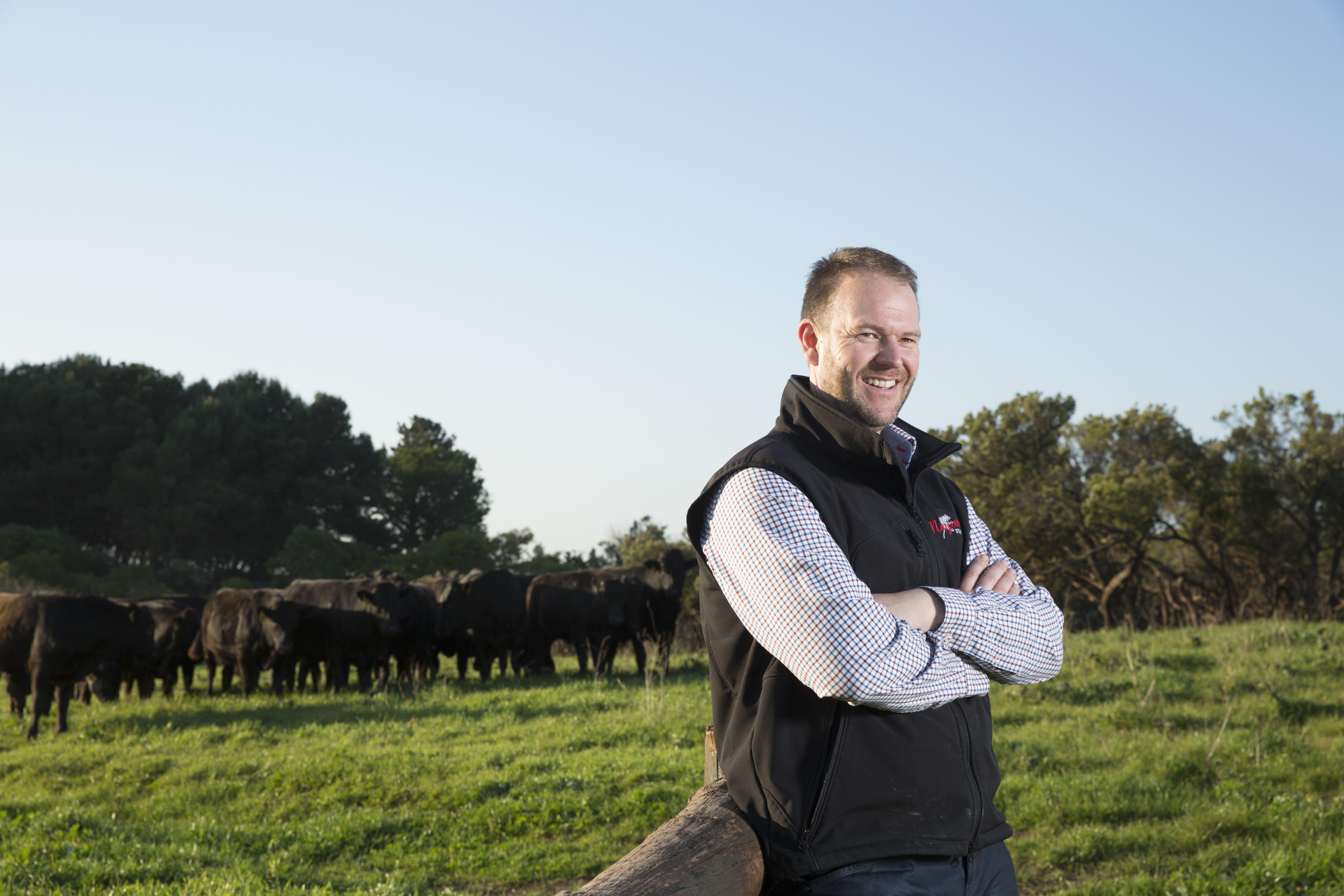
Terroir is a well-known concept in the world of wine, but one that has rarely translated credibly into the world of gastronomy. A visit to Mayura Station in remote South Australia, however, proves that a unique environment can result in an extraordinary, sustainable and genuinely unique food, too — with a little help from some chocolate.
Mayura Station breeds and raises 100 percent full-blood wagyu, some of the most exclusive, expensive and sought-after beef on the planet. Wagyu simply means ‘Japanese-style cow’ and all Mayura’s cattle trace back directly to Japanese animals, while a ‘full-blood’ designation indicates that both blood parents were themselves 100 percent wagyu.
“We call our animals ‘single source’ because if we don’t breed it, we don’t sell it. Genetics determine the marbling and all animals have a visual ID tag as traceability. Food safety is paramount — we know every aspect of every animal out here. This has also allowed us to keep our credibility, by delivering consistent quality.”
Mayura Station’s managing director Scott De Bruin is giving a primer as he navigates his Range Rover smoothly over country roads outside Mount Gambier, sitting midway between Adelaide and Melbourne. De Bruin is a second-generation farmer, passionate and proud in equal measure, while retaining a uniquely Australian sense of humility.
At Mayura, a tour of the 3,000-hectare property — all rolling green fields, carpets of yellow flowers and limestone outcrops — makes one thing very clear. These are happy and distinctly well-looked-after animals. In a world where industrialised agriculture has taken beef to eye-wateringly low prices (and subsequently raised terrifying questions about the conditions those animals were raised in) there’s much to be said for the Mayura model of doing things.
As we head towards the station — the Australian term for a cattle ranch — we stop briefly at Blue Lake, an unimaginatively named but stunningly picturesque natural wonder of an azure blue lake in what was once the crater of a vast volcano. De Bruin explains that the water comes from deep, ancient underground aquifers, purified by limestone caves, that criss-cross underneath the landscape and have allowed it to become known as Australia’s highest-value food and agriculture hub. From abalone to southern rock lobster, award-winning Coonawarra wines to Mayura beef, the region’s produce bears hallmarks of the highest quality, sustainability and integrity.
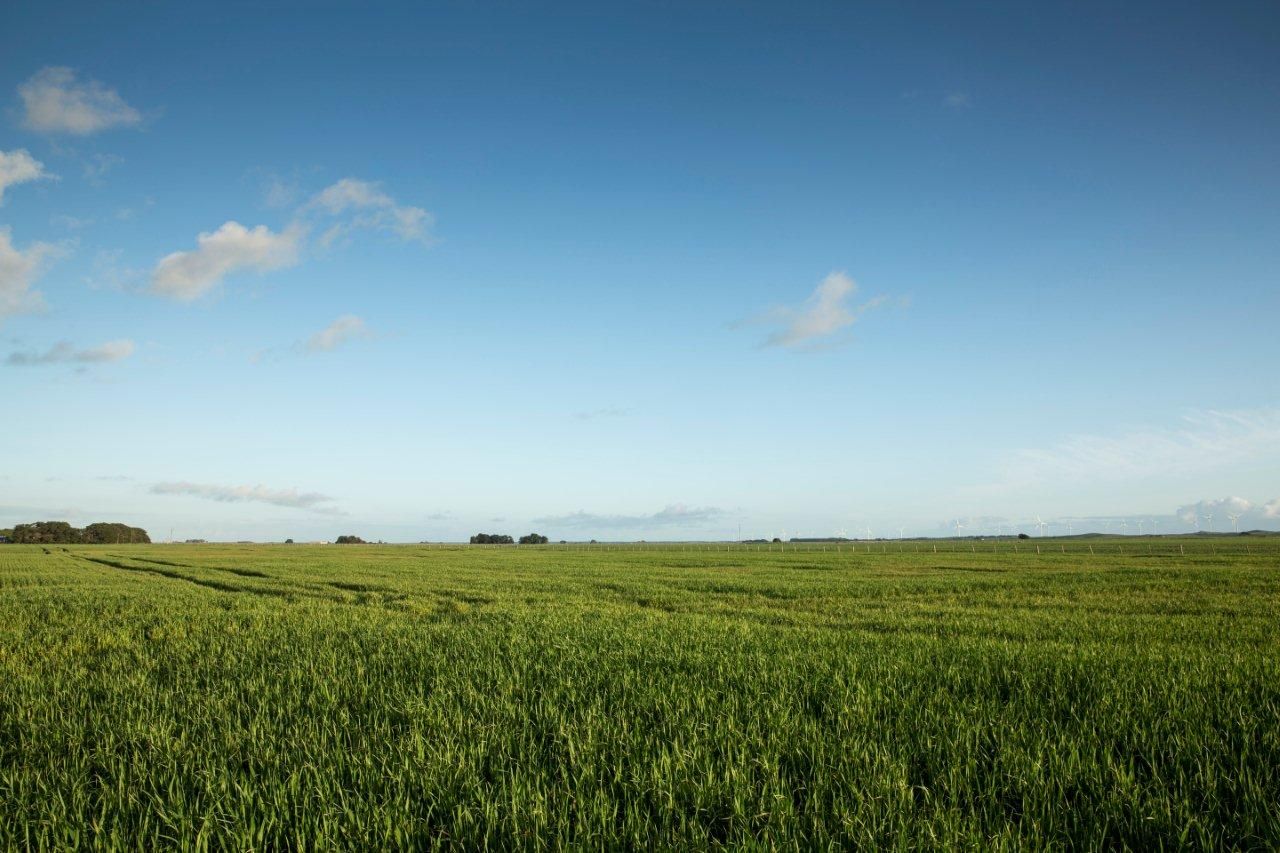
The terroir also boasts some of the cleanest air anywhere on the planet, hundreds of miles from major cities, with the vast southern Indian Ocean just a few miles to the south. The weather is clement year-round, while the fourth element, feed, is the most striking. Mayura grows 70 percent of its own feed on site — hay, oats and the usual suspects — but for the last two months of their lives, it feeds its cattle 2kg daily of expired chocolate, broken biscuits and candy.
If it sounds gimmicky, it’s a key part of a closely monitored diet approved by veterinarians — but with the added bonus of imparting a unique flavour profile to the impossibly tender meat that results.
“It’s really important not to grow the cattle too quickly. We say ‘excellence without compromise’ because it would be easy to raise and slaughter more cattle. A finished wagyu animal yields around 300kg of retail beef, of which only 30kg are top-end cuts.”
That investment and rarity goes some way to explaining the super-premium prices — up to US$300 a pound for its Platinum label — but Mayura’s challenge comes not in finding customers, but in choosing them. Around Asia, chefs using it represent the crème de la crème of the city’s restaurant scene.
In Hong Kong, whether it’s Umberto Bombana’s three-Michelin-starred Otto e Mezzo or the two-star Caprice under Guillaume Galliot at the Four Seasons, everyone who counts uses it. Shane Osborn is another laid-back Australian and chef at Arcane, an upscale dining room popular with those really in the know in the city’s food scene. A former holder of two stars at London’s legendary Pied à Terre, Osborn is a consummate master who modestly lets his plates do the talking.
“Wagyu were once beasts of burden, hard at work ploughing Japanese rice paddies, but their unique muscle and fat composition quickly found favour for its extraordinary texture and taste,” he says. “Mayura wagyu truly has a taste like no other, slightly sweet, almost nutty.”
And what shines through is Mayura’s love, care and attention, not only for the animals and end product, but also for the unique corner of the planet that nourishes them.
This article originally appeared in Billionaire's Ideas Issue, March 2018. To subscribe, contact

